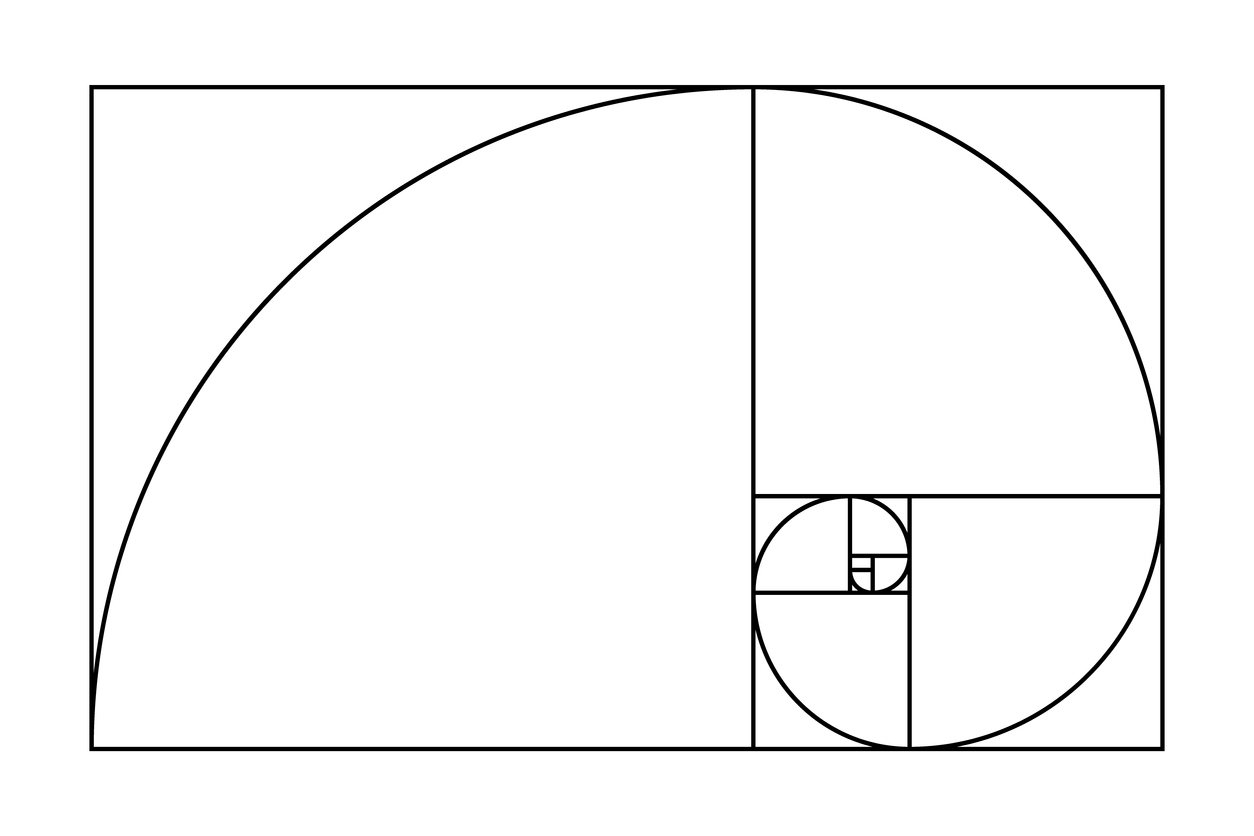Fibonacci Spiral and Photography
Fibonacci spiral, also known as the Golden Spiral, is derived from the Fibonacci sequence and is characterized by a logarithmic spiral that grows outward by a factor of the golden ratio (approximately 1.618).
This spiral is often considered the most aesthetically pleasing form and is found in various natural and man-made structures.
In photography, we can use the Fibonacci spiral as a guideline to create visually engaging and harmonious compositions.
The Fibonacci spiral can be applied to guide the placement of key elements within a photograph.
Here's how:
Composition: The spiral can be used to determine the placement of the main subject or focal point in a photograph. Placing the subject along the curve of the spiral can lead the viewer's eye in a natural and aesthetically pleasing way.
Leading Lines: The Fibonacci spiral can be seen as a series of graceful curves that lead the viewer's eye from the outer edge of the frame toward the centre or focal point. This can help create a sense of movement and flow within the image.
Cropping and Framing: When cropping or framing a photograph, photographers may use the Fibonacci spiral to guide their decisions. Ensuring that important elements align with or follow the spiral can contribute to a balanced and visually appealing composition.
Balance: The spiral can be used to achieve a balanced distribution of visual elements within the frame. Placing key elements at specific points along the spiral can create a sense of equilibrium and harmony in the composition.
Scale and Proportion: The Fibonacci spiral is related to the golden ratio, which is often associated with pleasing proportions. By incorporating the spiral into the composition, photographers may aim to achieve a sense of balance and proportion that is visually satisfying to viewers.
It's important to note that while the Fibonacci spiral can be a helpful tool, not every photograph needs to adhere strictly to its form. Photography is also an art form, and creativity often involves breaking or bending traditional rules. The Fibonacci spiral is just one of many compositional tools that photographers can use to enhance their work.
Behind the scenes of how I used the Fibonacci Spiral to compose this image.
I don’t know about you, but I can sometimes find the holiday season to be a bit … overstimulating. So, for this image I wanted to create a rather simplistic and calming image, with a monochromatic colour palette. The challenge then was to make the White Christmas Margarita stand out.
To start with, I needed to raise the drink up a bit to bring higher into the Frame and create some separation from the backdrop. I Then used the theories behind the Fibonacci Spiral to dictate where I placed the props:
The Garnish - Placing it to the back and centre of the drink, using full lime wheel to create the top of the inner spiral. Moving your eyes from the centre of the drink up and then to the left.
The grouping of Cranberries - Placing the grouping of sugared cranberries on the bottom right of the glass helps draw your eye from the limes down the left side of the glass then to the right. Continuing the spiral.
Vase and Greenery - Now to finish the spiral, I selected a vase with a curving form and greenery that would help draw the eye up the right side of the frame and then out the top left. Using depth of field I was able to still have these elements in the image but maintain focus on the margarita.



